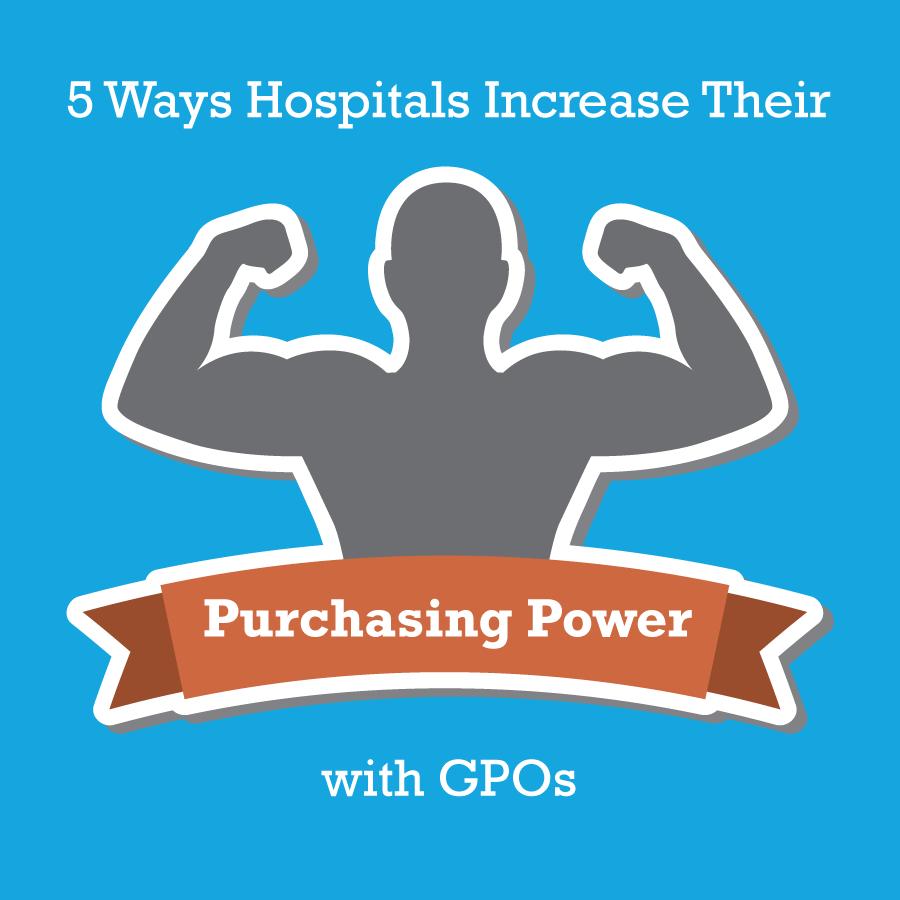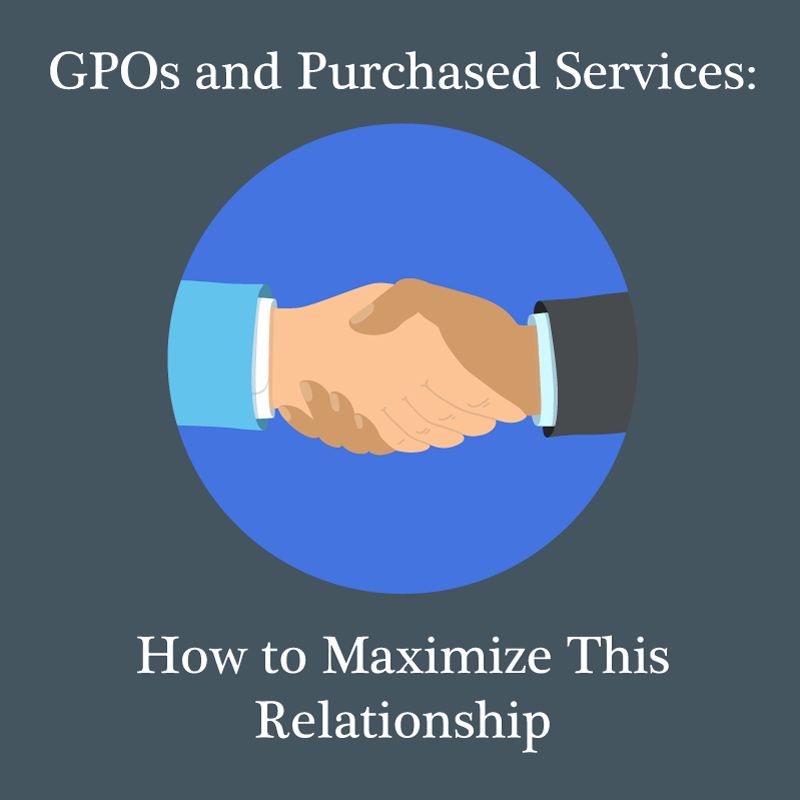Some businesses—think Wal-Mart or Amazon in the retail world—buy a lot of stuff. Their high-volume buying enables them to extract better deals from their vendors, the kind of deals that smaller businesses simply don’t have the clout to command.

Some businesses—think Wal-Mart or Amazon in the retail world—buy a lot of stuff. Their high-volume buying enables them to extract better deals from their vendors, the kind of deals that smaller businesses simply don’t have the clout to command.

Healthcare group purchasing organizations (GPOs) are very good at squeezing every penny out of the products you purchase. But for purchased services? Historically, not so much. Most GPOs simply lack the experience, tools, and know-how to effectively leverage their members’ spend data to find opportunities for savings when it comes to their purchased services expenses.

With purchased services categories representing up to 45% of your organization’s non-labor expenses, you should be monitoring your spend the same way you do with medical and surgical products. I only know of three or four health systems that are doing this right now. One of the major problems is that many supply chain leaders believe their GPO is monitoring this information for them. Although there are other ways to maximize your relationship with your GPO, at this time, the GPOs are not able to provide the service of monitoring purchased services spend because they don’t have the knowledge or necessary technology to handle this type of data.